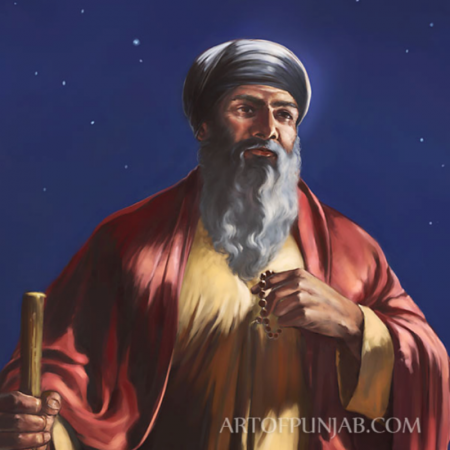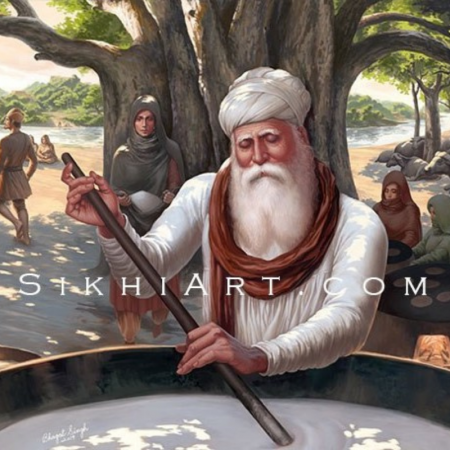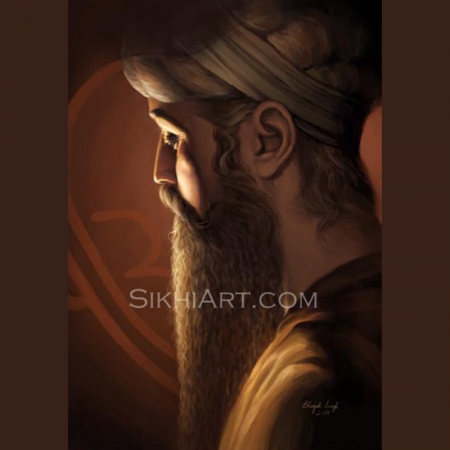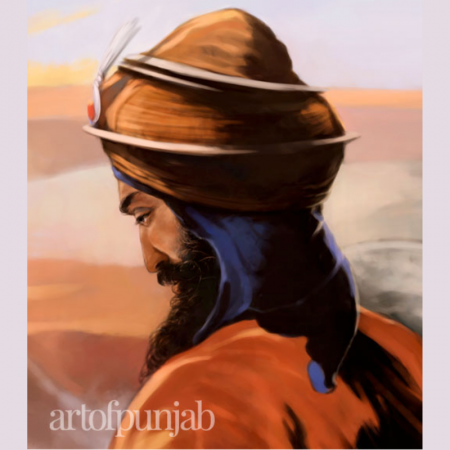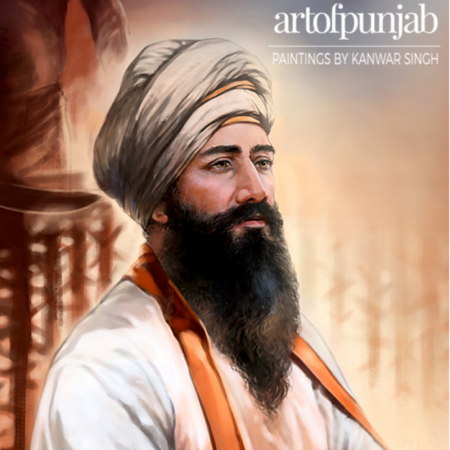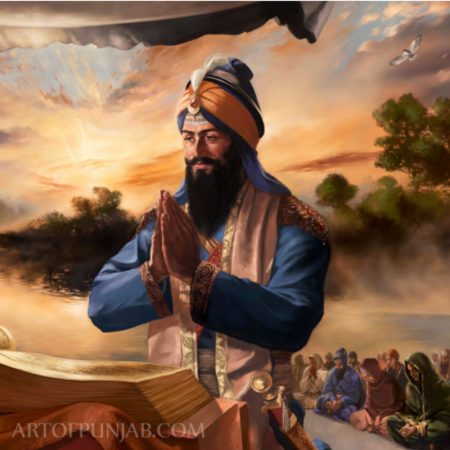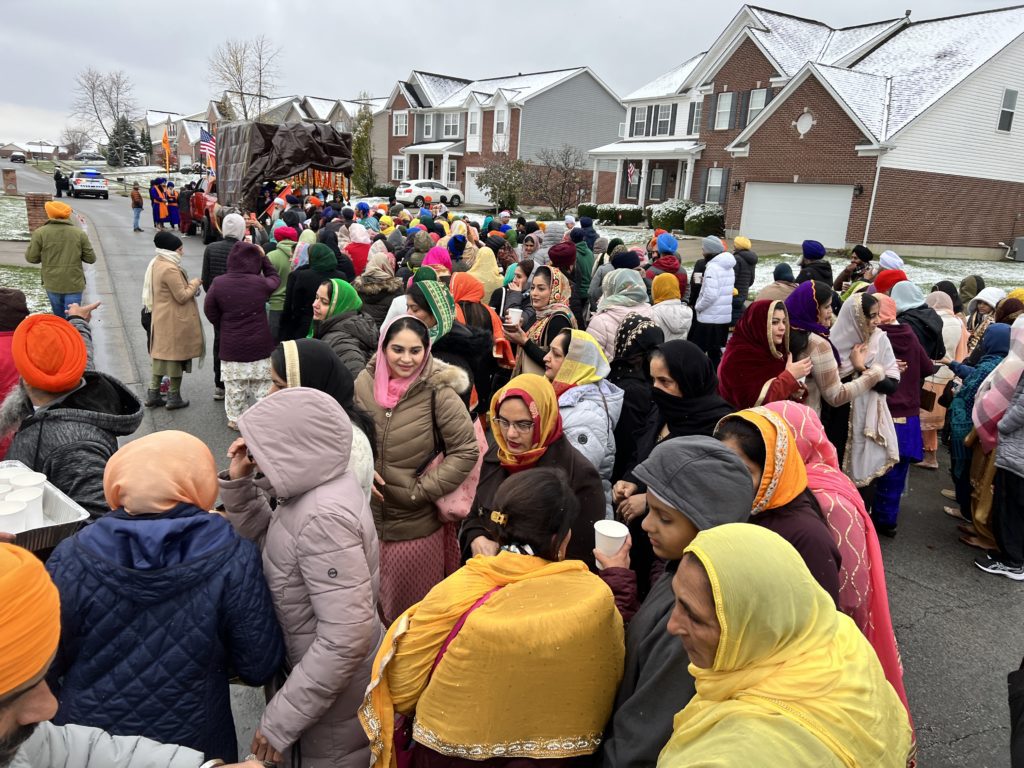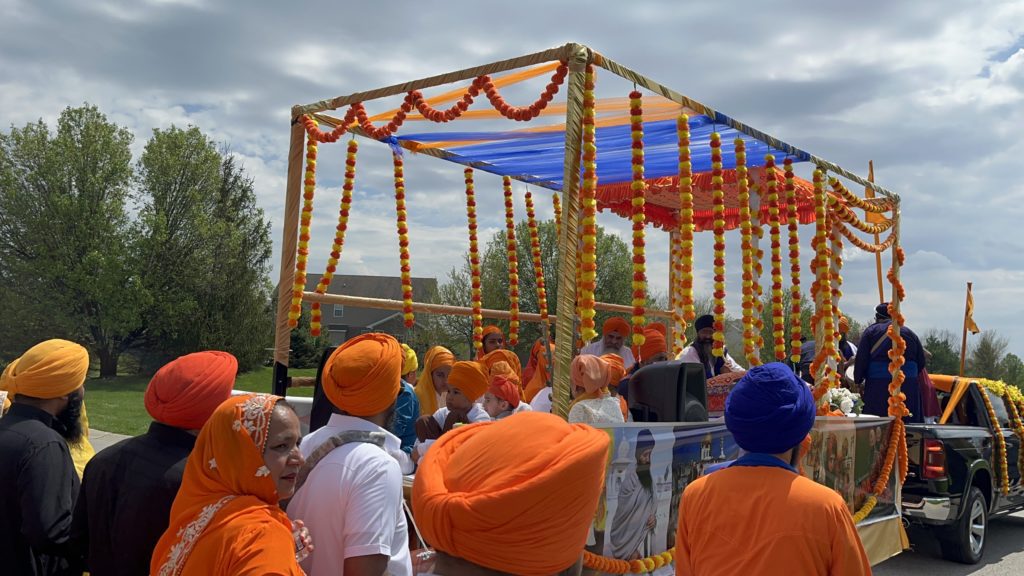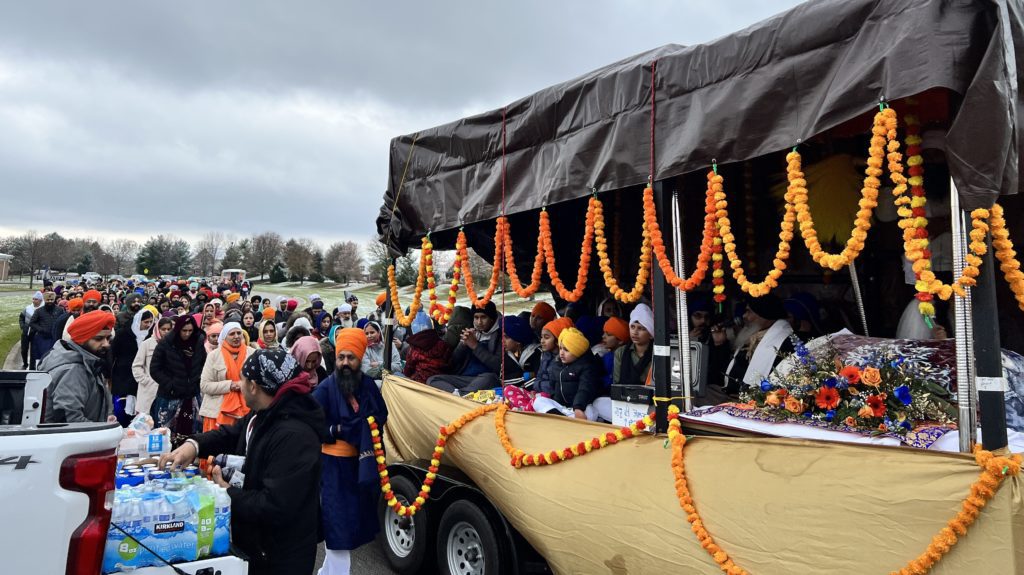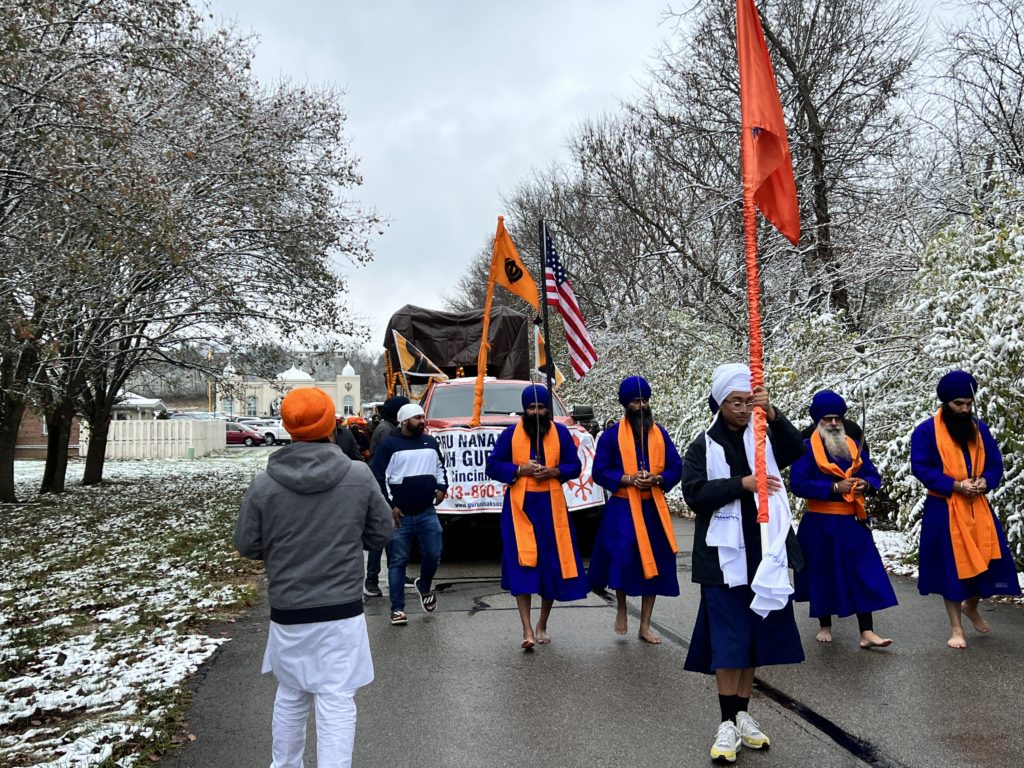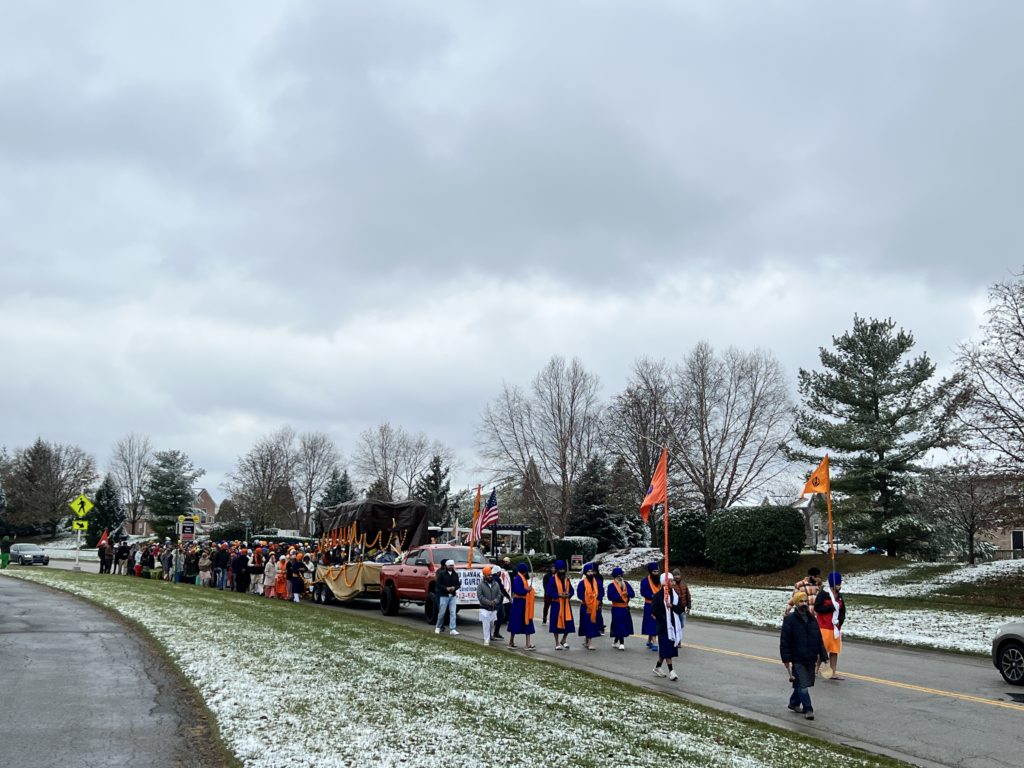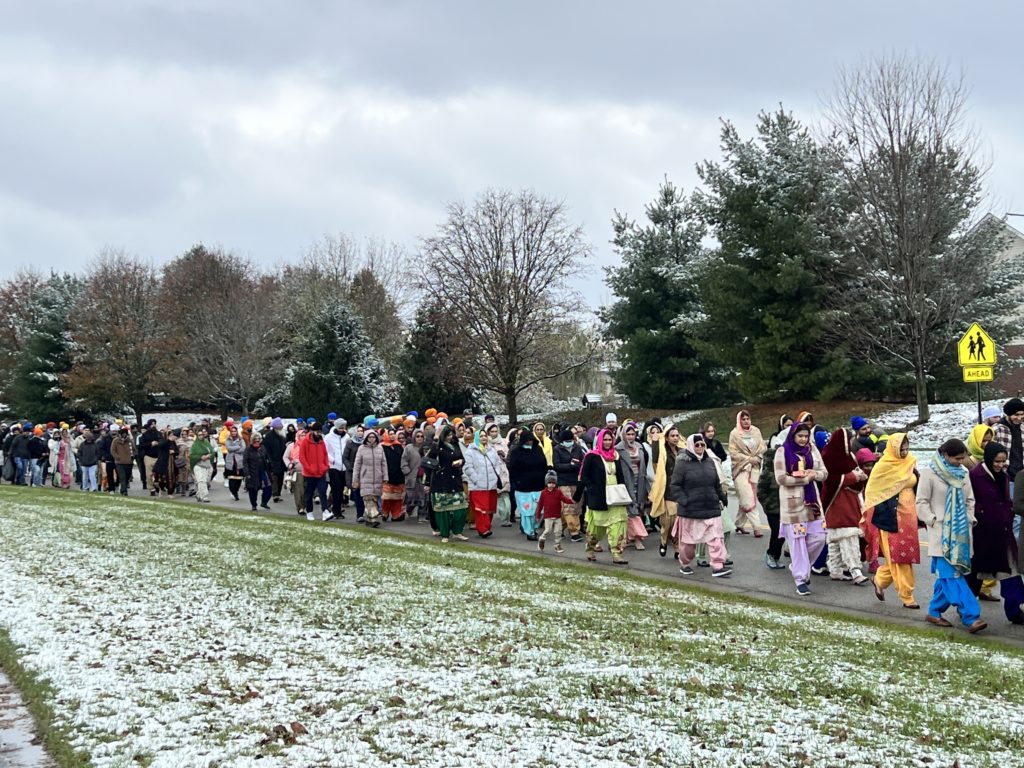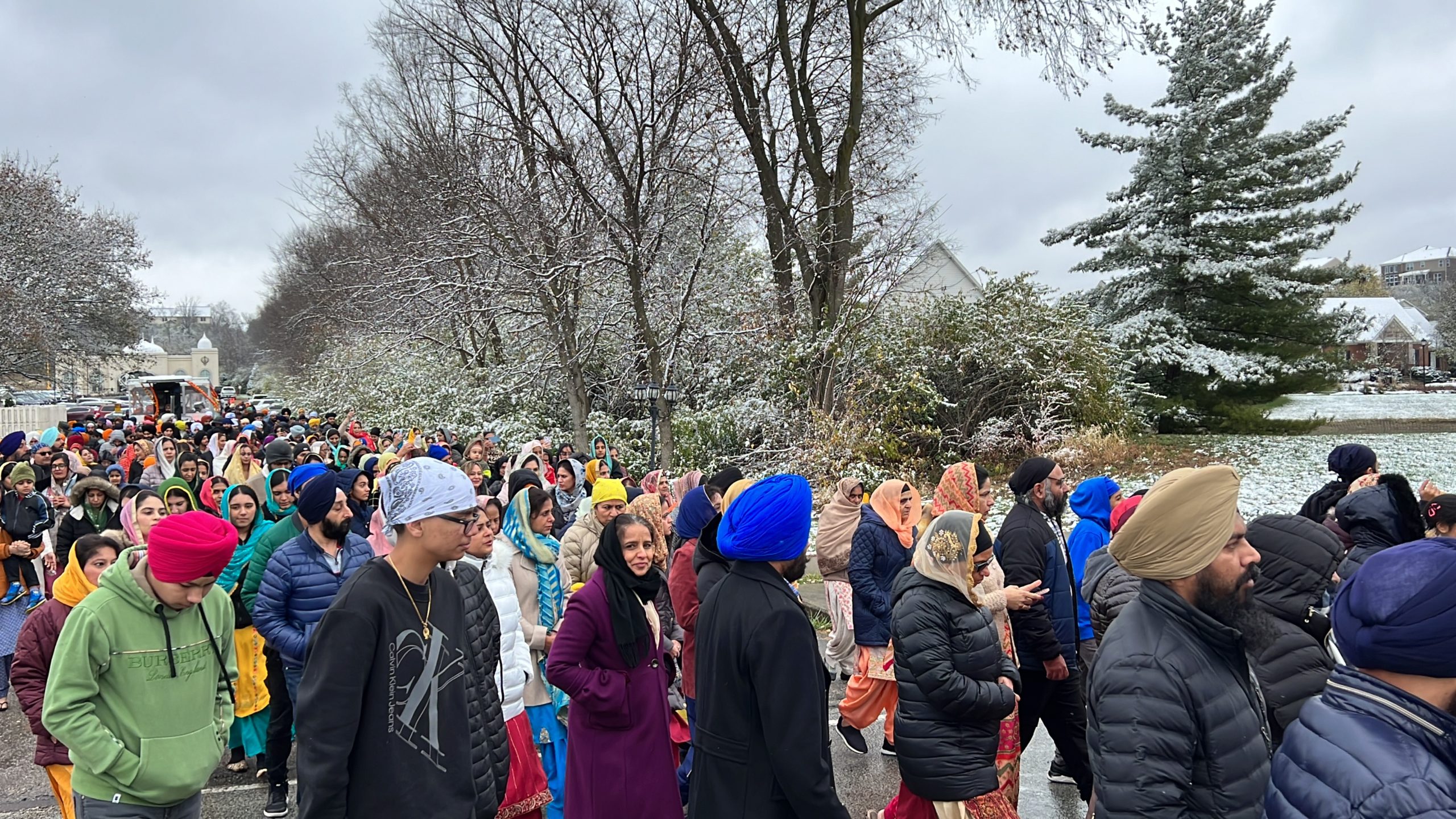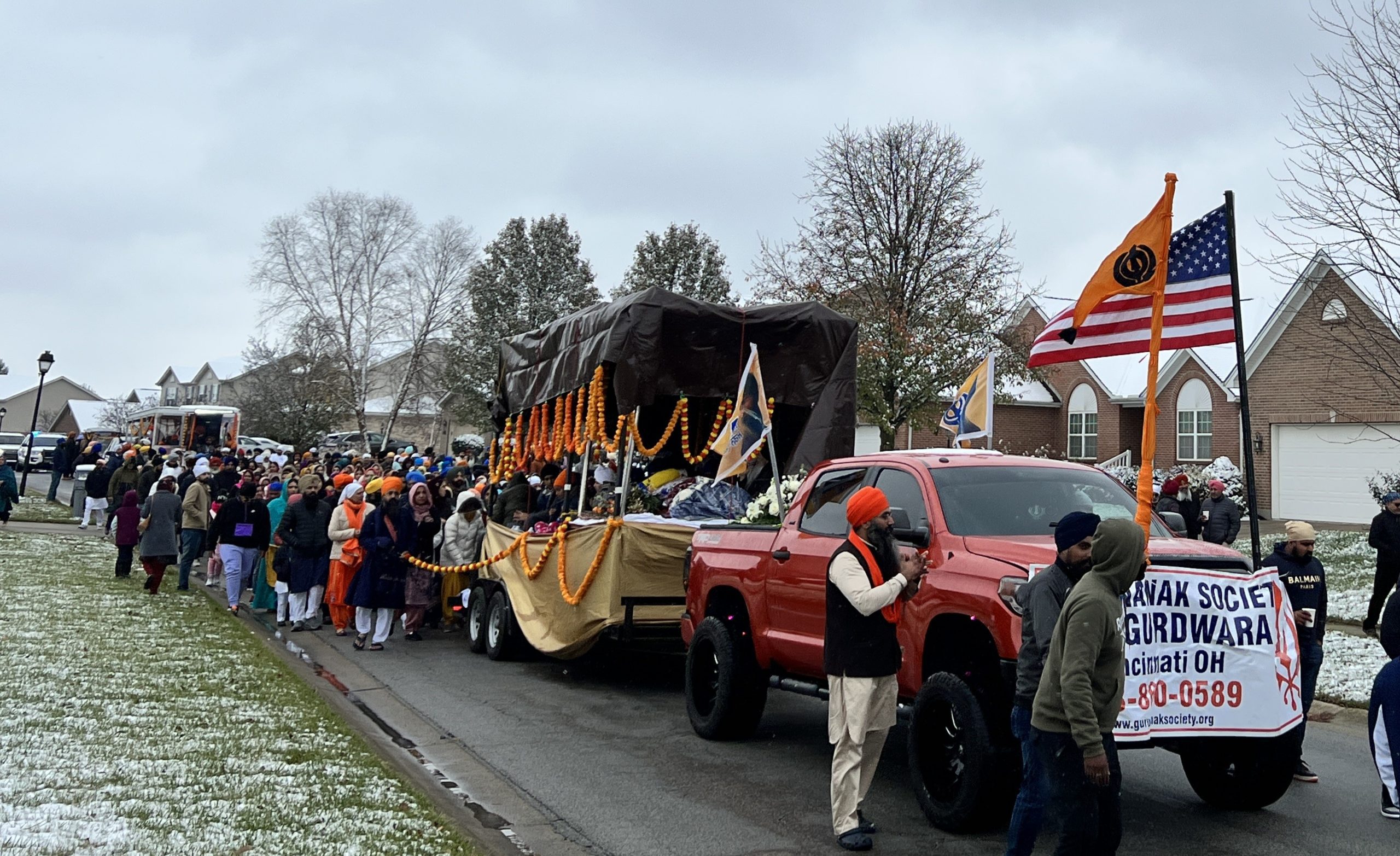About Us Give for People
The Gurudwara Sahib is a place of worship and community for followers of the Sikh faith. The word "Gurudwara" means "the doorway to the Guru," and refers to the spiritual teacher and guide of the Sikh community, the Guru Granth Sahib.
The Gurudwara Sahib serves as a center for prayer, reflection, and community service, embodying the values of seva (selfless service), simran (meditation and remembrance of God), and sangat (community). It is open to all individuals, regardless of their religious or cultural background, and provides a welcoming space for individuals to connect with their faith and engage in acts of service and charity.
The Guru Granth Sahib, the Sikh scripture, is housed within the Gurudwara Sahib and is regarded as the living embodiment of the Sikh Gurus. The scripture is read and recited during religious ceremonies and provides guidance and inspiration for followers of the Sikh faith.
More AboutSikh Guru's
The Sikh Gurus are spiritual leaders who founded and developed the Sikh faith. There were 10 Sikh Gurus, who lived from the 15th to the 18th century, and their teachings and writings are considered the authoritative source of Sikh philosophy and beliefs. Here is a brief overview of each Guru:
5 Kakaar
The Sikh emblems, also known as the Sikh symbols or Sikh articles of faith, are a collection of items that represent the Sikh faith and its values. The emblems include:
Events
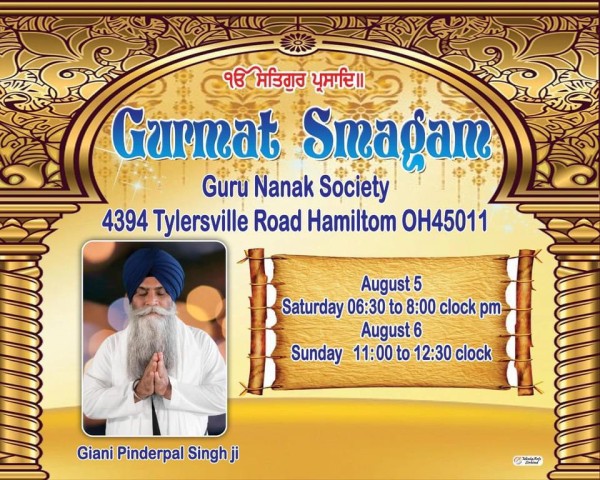
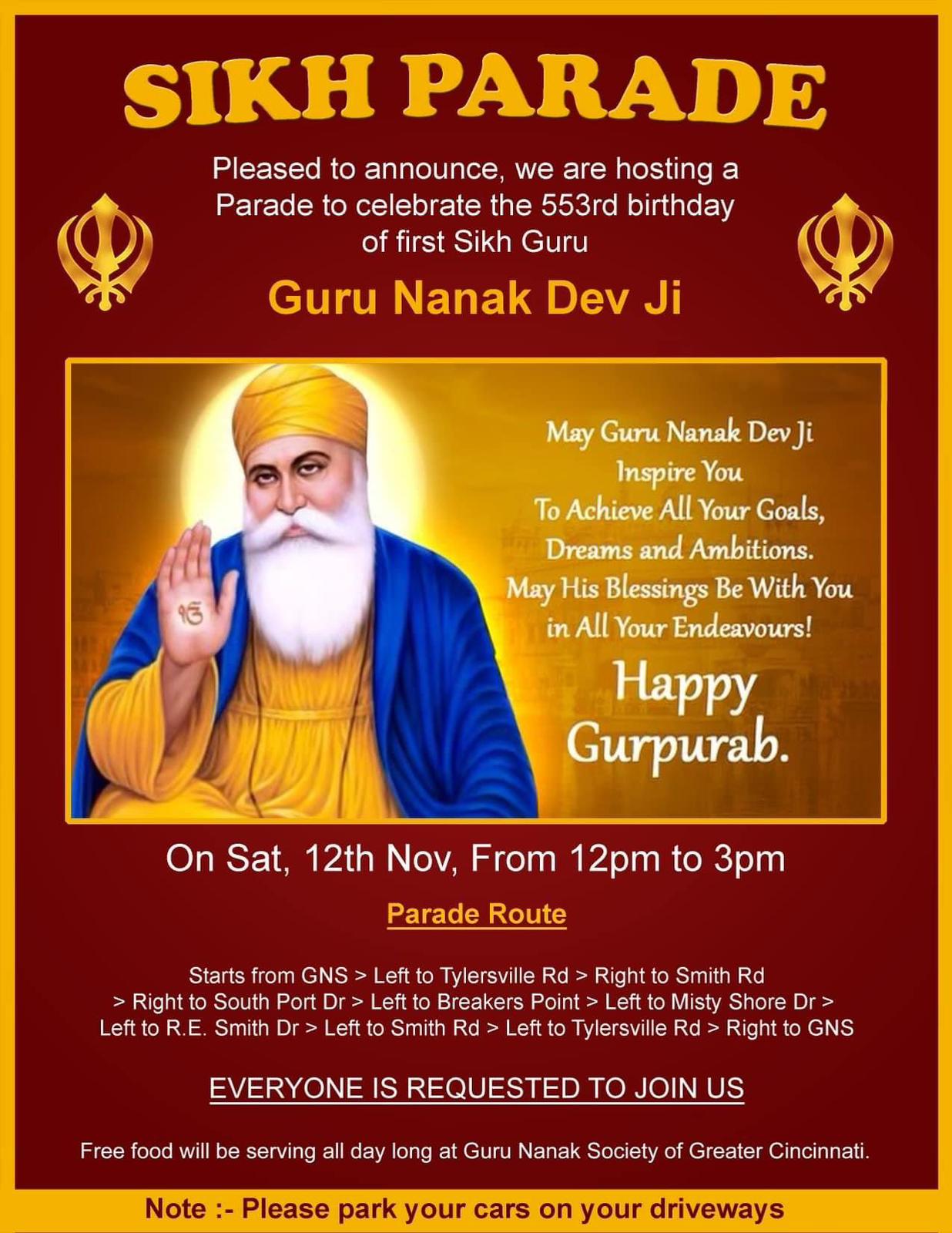
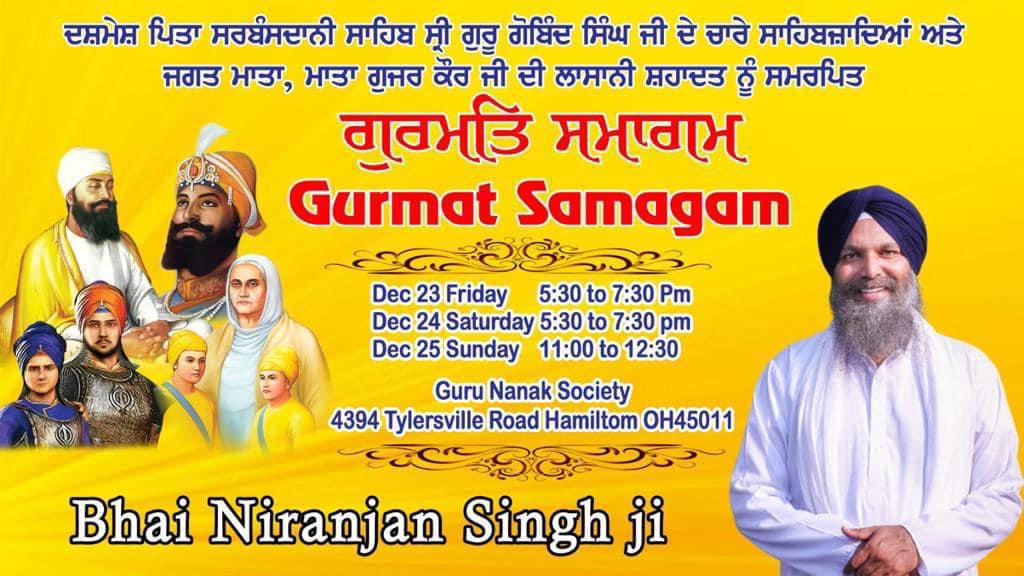

Live Telecast
The Gurudwara Sahib is excited to announce the launch of our new Facebook Live channel! We will be using this channel to share live broadcasts of our worship services, educational programs, and other events. We hope that this channel will allow us to connect with our community in a new and engaging way.
Facebook Live
We will be broadcasting a variety of content on our Facebook Live channel, including:
- Worship services
- Educational programs
- Community events
- Q&A sessions with our spiritual leaders
- And more!






